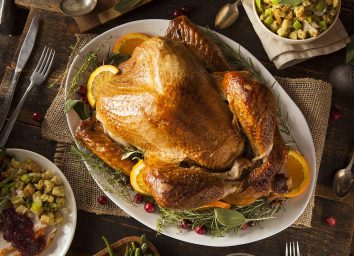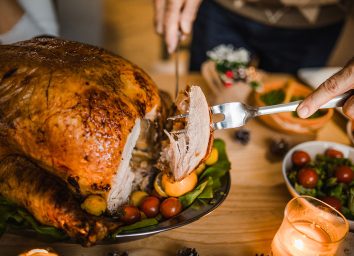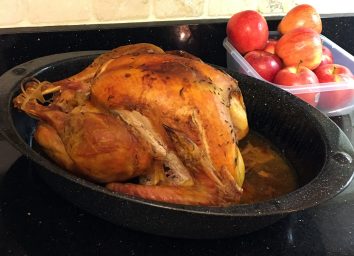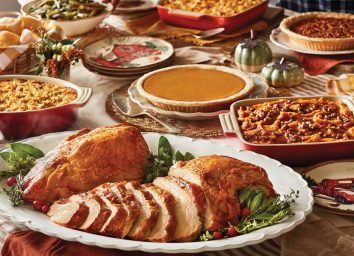18 Genius Tips for How to Carve a Turkey Like a Butcher
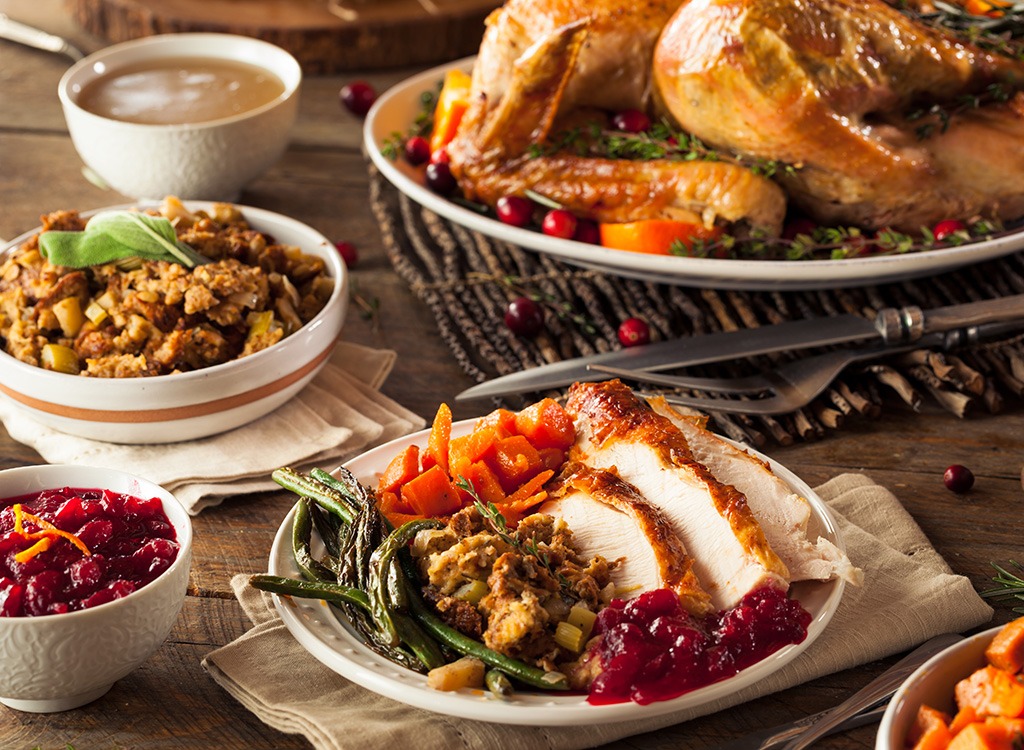
If you’re more accustomed to hitting up the deli aisle for a package of sliced turkey than slicing up your own roast, the thought of getting the bird carved and ready for the table can be a daunting one. That’s why we’ve turned to two experts for advice on how to carve a turkey.
Chef Joseph Frietze, who sells 400 turkeys each year at Publican Quality Meats in Chicago, Illinois, and Morgan Bolling, senior editor of Cook’s Country Magazine (a part of America’s Test Kitchen) in Boston, Massachusetts, gave us their go-to hacks. Keep reading for their pro tips to butcher the turkey without, well, butchering the turkey this year.
Start With The Right Size
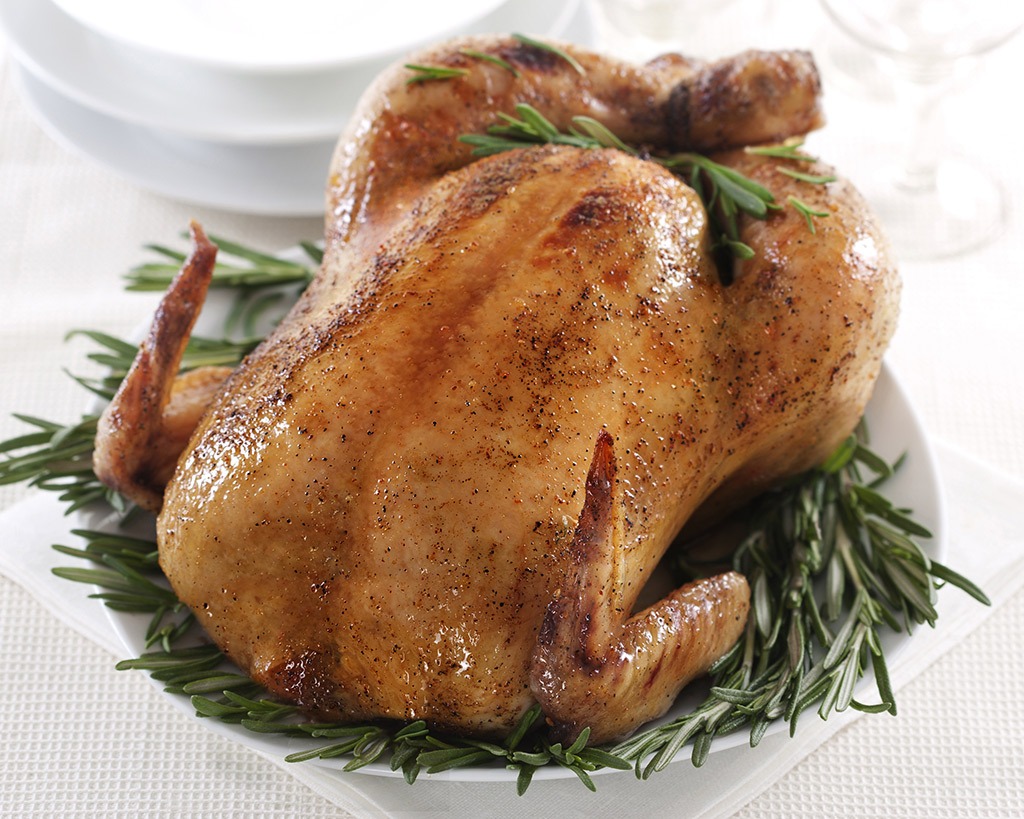
To be on the safe and allow for leftovers, Butterball recommends accounting for two pounds of turkey per person. If you’re hoping to clear your plate for a fresh batch of food come Black Friday, one-and-a-half pounds each should do the trick. Now that you’ve picked the perfect bird, read on to find out how to carve a turkey like a pro!
Sanitize Your Space
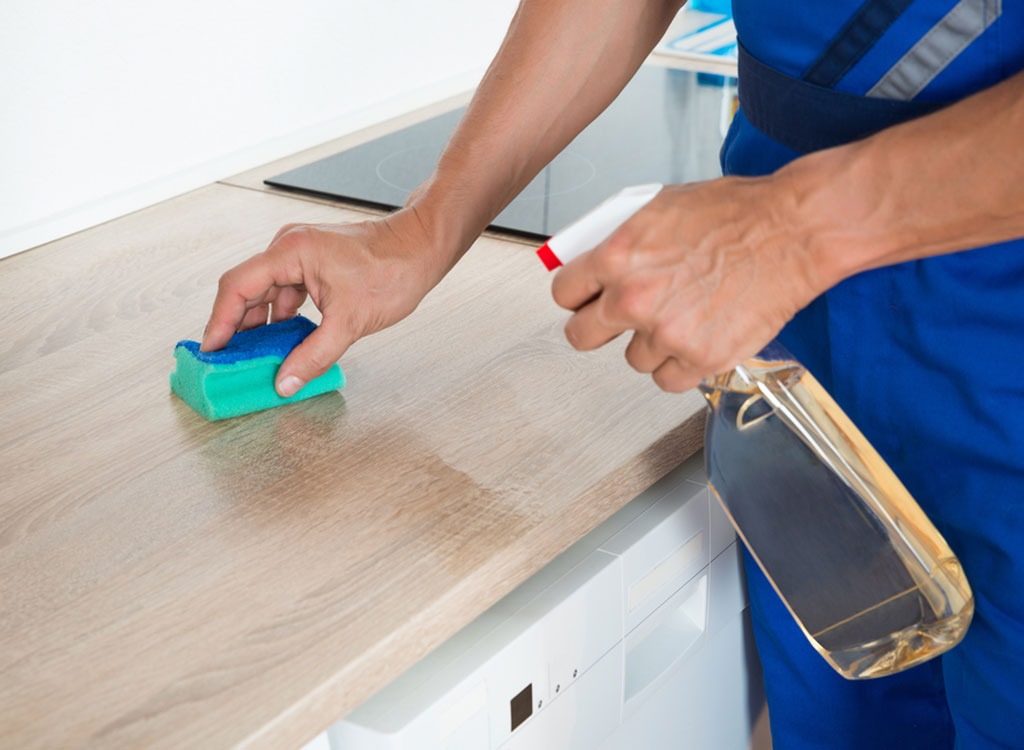
One of the biggest mistakes made when carving a turkey has nothing to do with wielding a knife, Frietze says. “So many people forget about the bird while they’re socializing and drinking! Be sure to keep an eye on it so the turkey doesn’t get scorched in the oven. But most importantly, be sure to sanitize your space,” he says, so you don’t get the raw end of the foodborne illness deal.
Give Spatchcocking a Shot
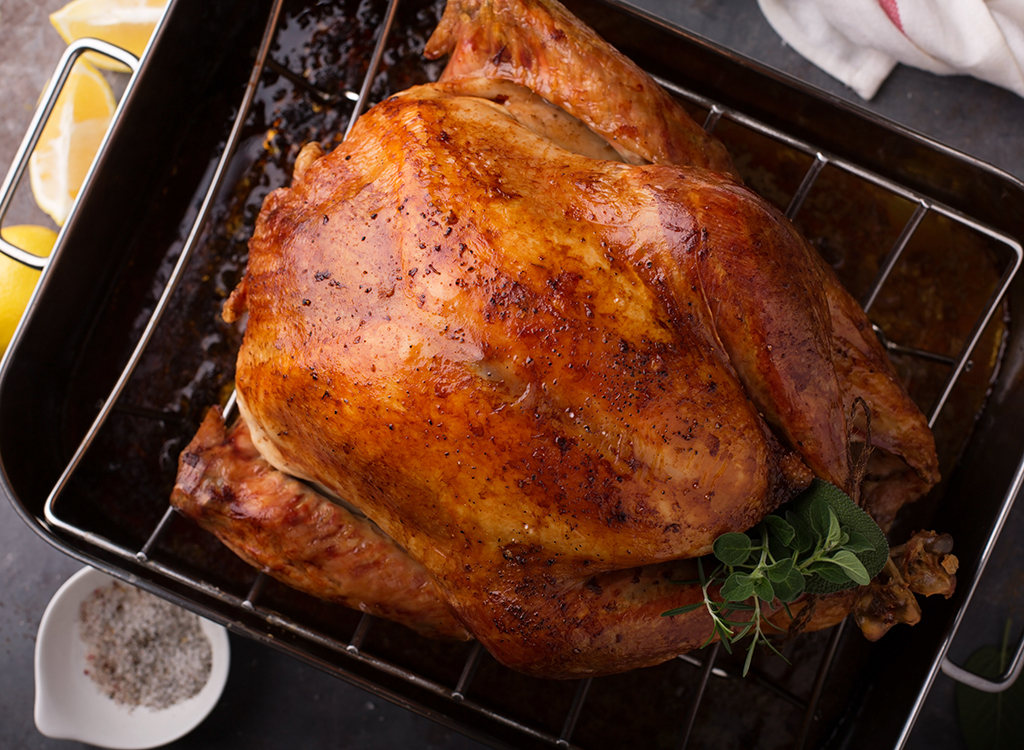
For faster and more even cooking, do some carving before the turkey spends a second in the oven. “Try spatchcocking to open up your bird. This allows it to rest flat, which makes it easier to carve quickly. Plus, it cooks faster, soaks up the brine better, and there’s no need to stuff it,” Frietze says. Because there’s more surface area near the cooking element, expect total oven time to be trimmed by about 50 percent. This style is also a space-saver: “You can also easily fit two spatchcocked turkeys in the oven at the same time,” Frietze says. Learn how spatchcocking is done at tip #6 here, or if you’re intimidated by the process, ask for your butcher’s help.
Allow For Resting Time

No, the turkey doesn’t need to hit the table hot, hot, hot. “Some people feel like they need to hurry to feed the masses and don’t rest the bird before carving,” Bolling says. “But allowing it to rest at least 30 minutes after coming out of the oven assures it’s cool enough to handle and gives time for the juices to redistribute in the turkey, making for moist meat.”
Brighten Up

It’s late in the year and likely late in the day by the time the entire menu is ready. Disrupt the mood lighting for a moment while you slice, says the American Society for Surgery of the Hand (ASSH). It’s important to lighten the mood (and the room) so you can see where your knife is moving, where the meat falls, and where your hand is all the while.
Don’t Do It at The Table
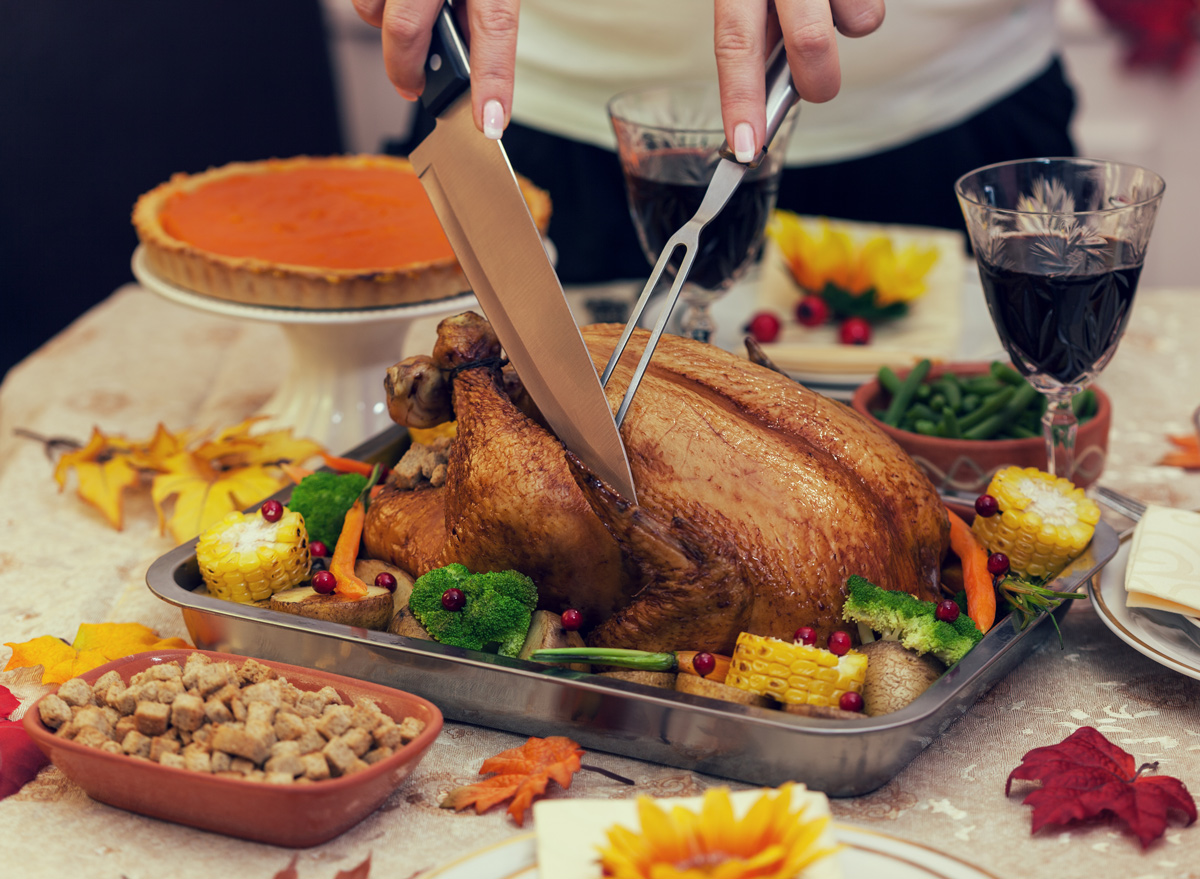
For best results, butcher it in the background. “I would avoid carving a turkey at the table since it’s often messy,” Bolling says. “Take photos of the Norman Rockwell-style bird and maybe do a lap around the dining room to show it off to guests. Then, take it back in the kitchen and carve it there.”
Opt For a Sizable Cutting Board
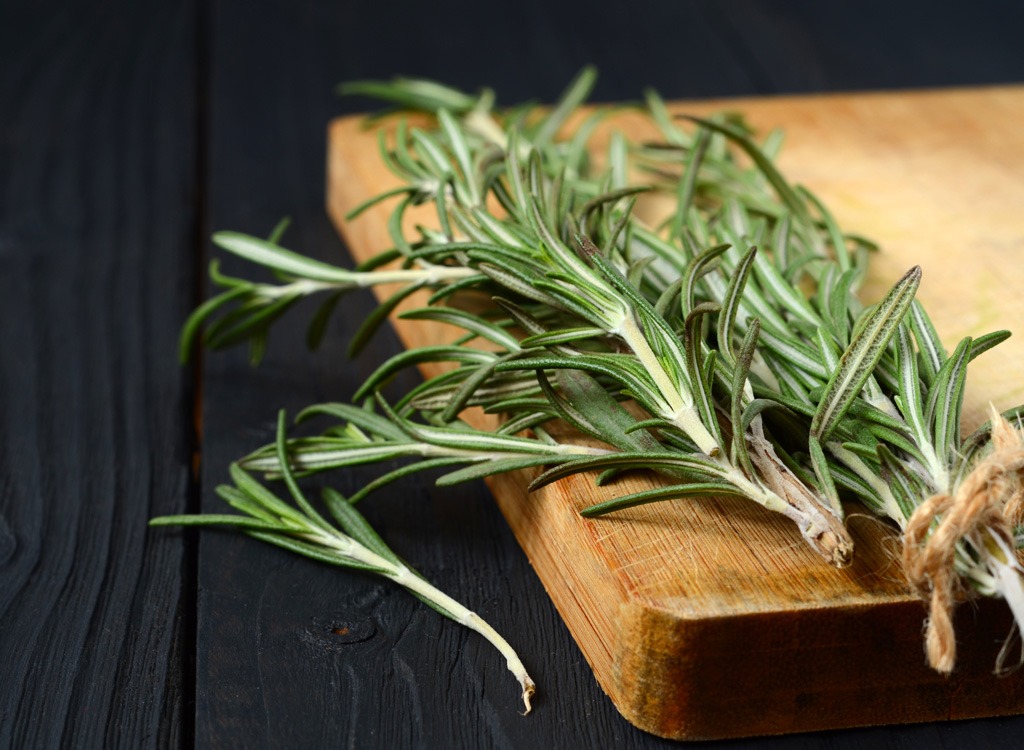
Once you finish your tour de turkey, set the bird on a board that’s big. “Use a carving board that has a large cutting surface and trenches around its edges. The trenches help contain juices and make carving a cleaner experience,” Bolling says. The Cook’s Country test kitchen swears by the J.K. Adams Maple Reversible Carving Board, which features an indentation to help hold the turkey in place.
Start With a Sharp Knife
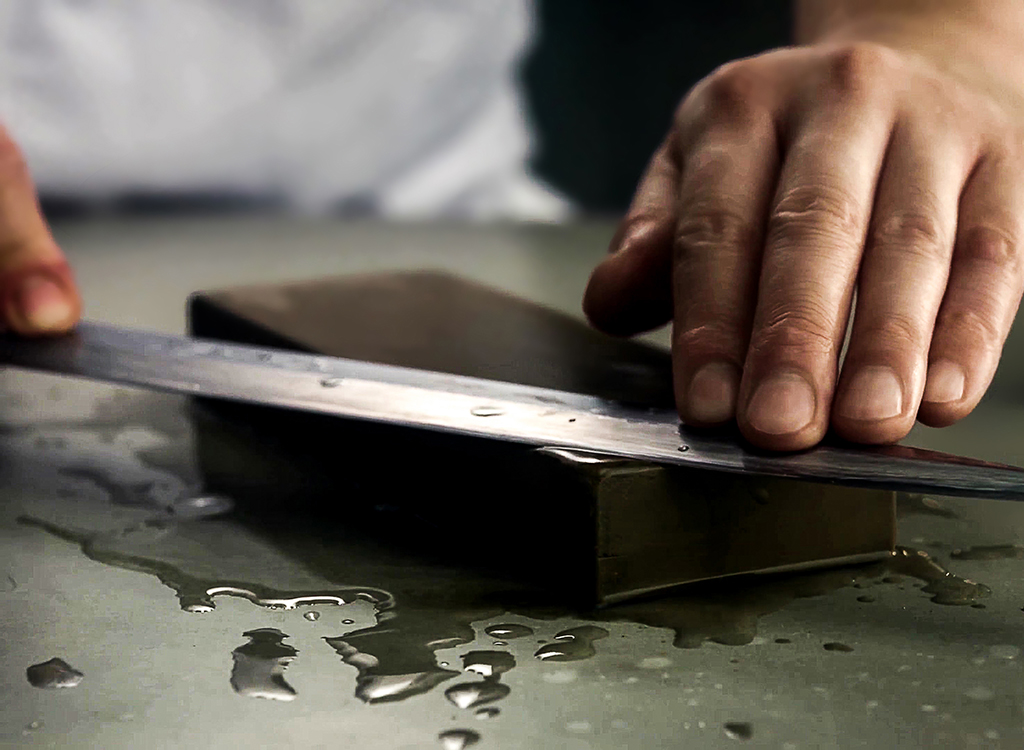
“A dull knife will hurt you ten times more than a sharp one,” Frietze says. Give your tool a few passes over a honing steel to sharpen the blade. Bolling concurs: “Good equipment can go a long way. A sharp-enough knife helps keep the turkey skin in place and tidy. Plus it makes carving safer since dull knives are more prone to slipping.”
And Make It a Chef’s Knife
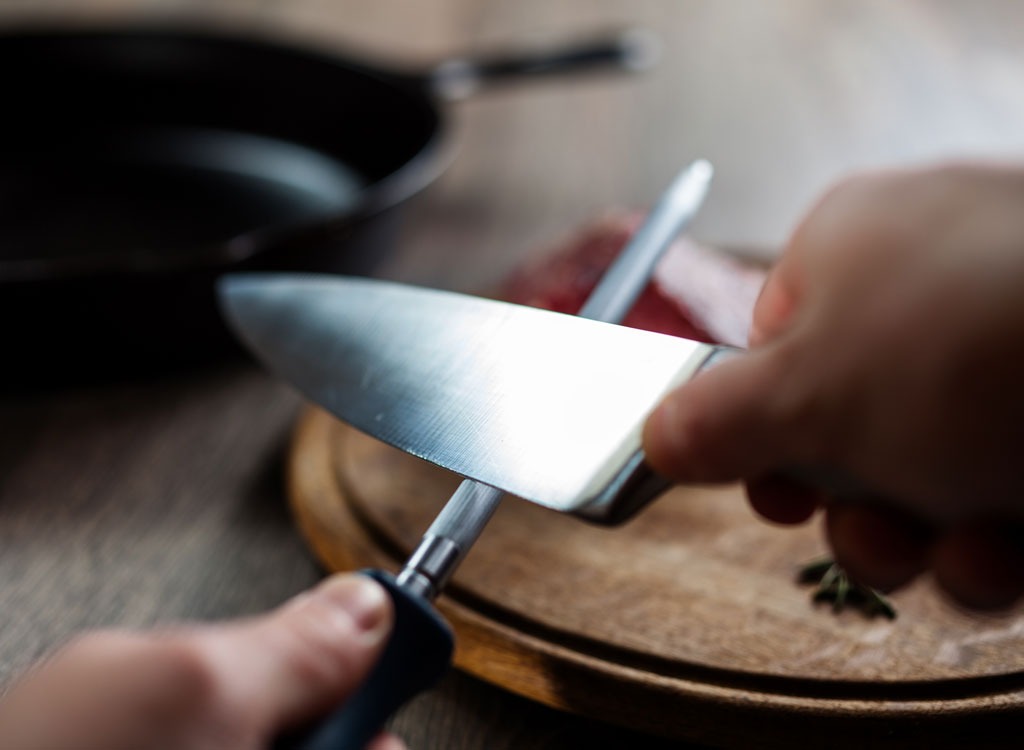
No need to saw the turkey if you employ the right tools, both pros posit. “You may think a carving knife is the best tool for carving, given its name. But a chef’s knife actually gives you better maneuvering abilities, which are necessary to break down the carcass. The long blade of a carving knife makes this task much more difficult,” Bolling says.
While a plug-into-the-wall saw sounds fierce, “it’s not a tool of finesse,” Frietze says, adding that he prefers a longer Japanese chef’s knife over other options.
Slice Away From Yourself
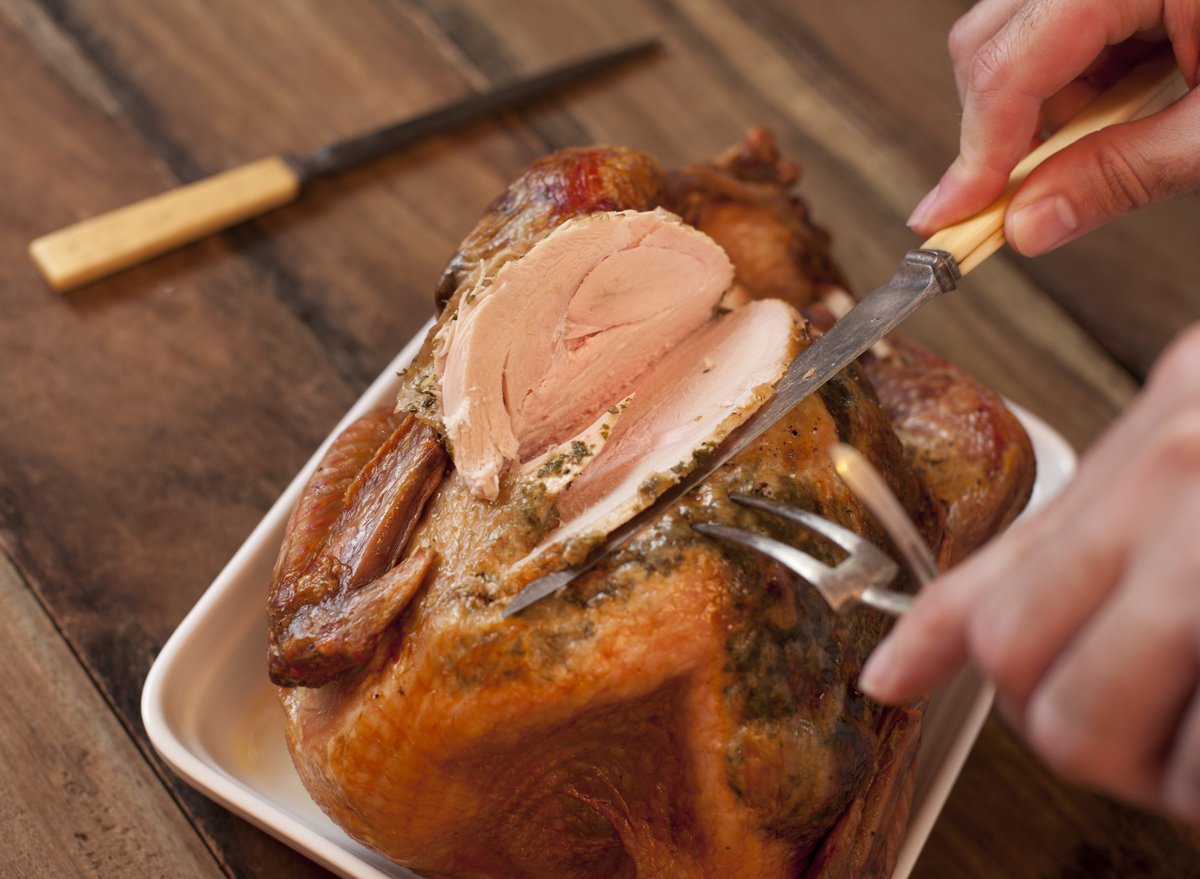
It sounds obvious, but it’s worth mentioning (just because it’s so tempting to catch the slice!): Keep your non-knife-wielding hand away from the blade. Place the free hand on the opposite side of the bird you’re slicing toward, recommends the ASSH.
Try Tongs
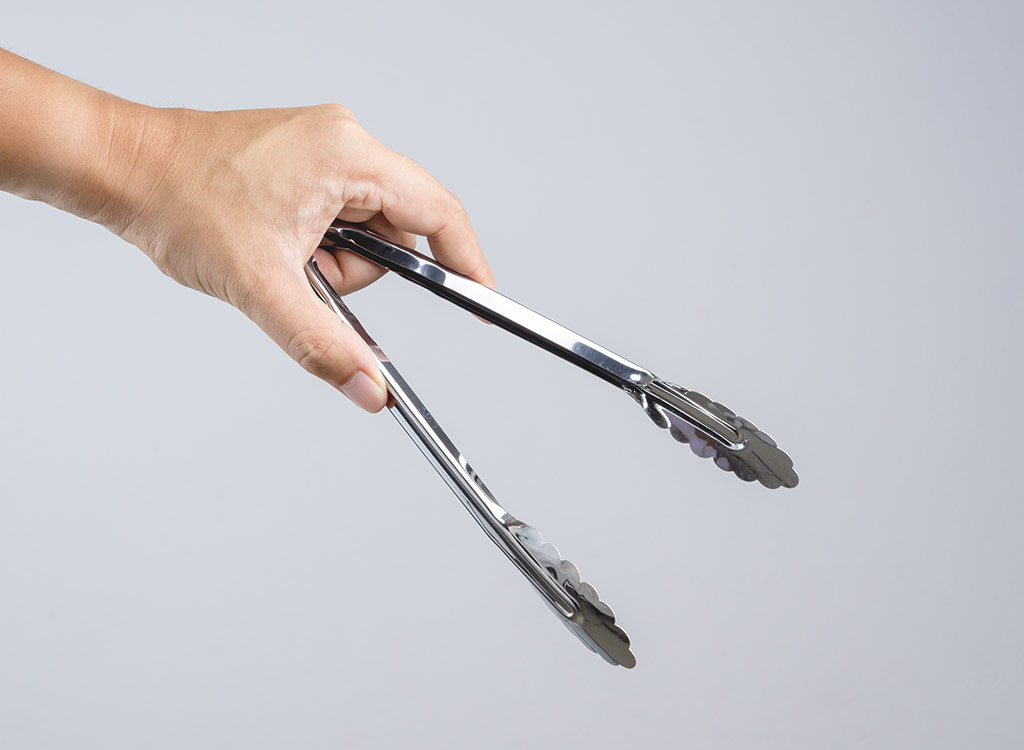
Press, don’t poke. “A tuning fork works for holding the meat steady, but I prefer to use tongs,” Frietze says. “Not only do they allow more juices to stay inside since you’re not poking the meat, but they also can multitask to serve the carved turkey.”
Get a Leg Up
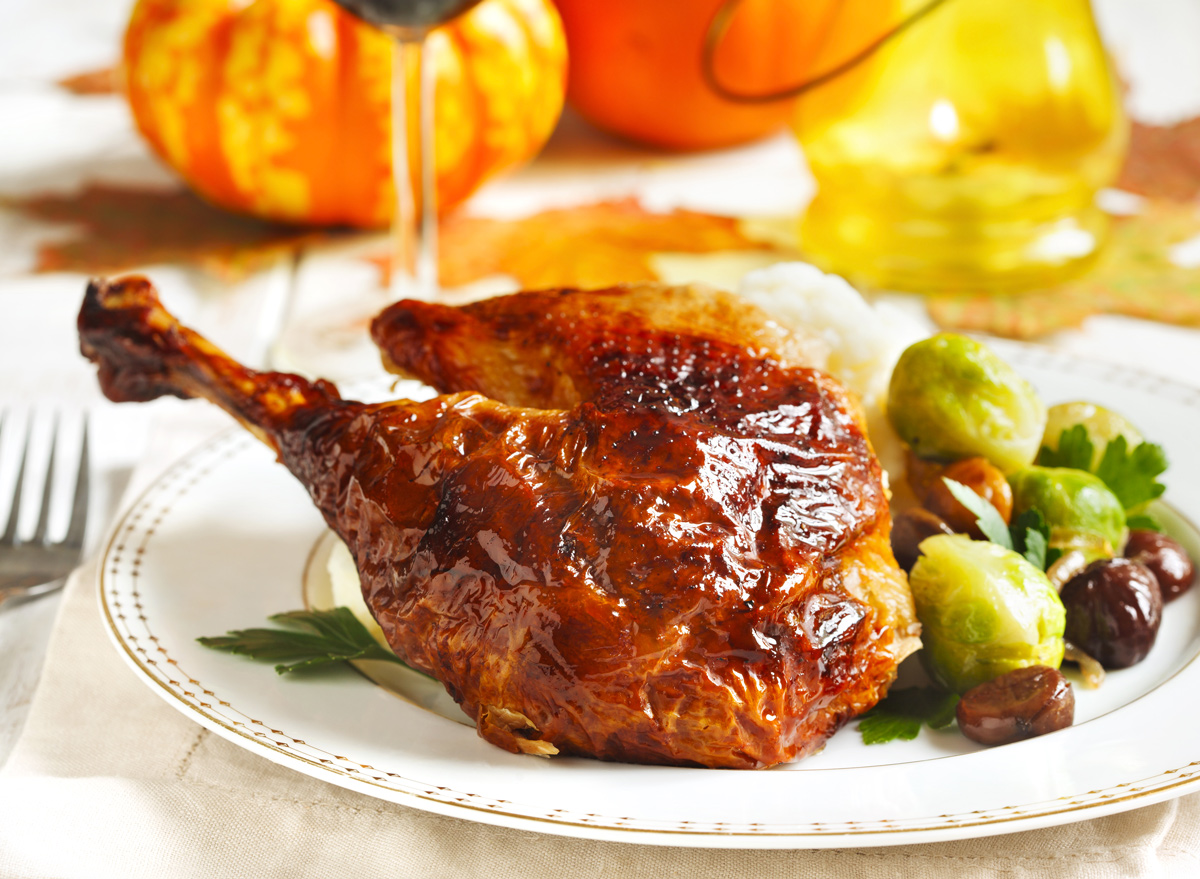
Similar to how you’d snack on a snowflake-shaped Christmas cookie, start on the outside and work your way in. “Begin by slicing the leg quarters, then the wings, then breasts,” Bolling says. For cleanly-carved leg quarters, she recommends slicing the skin between the leg and the breast.
“After the initial cut, you’ll run into bone. Instead of hacking through it, separate the joint by gently pressing the leg out to the side and pushing up on the joint. You can use your knife to help separate the leg quarters full from the rest of the bird,” she adds. Then, separate the drumstick from the thigh so there are plenty of dark meat pieces to go around.
Then Wing It
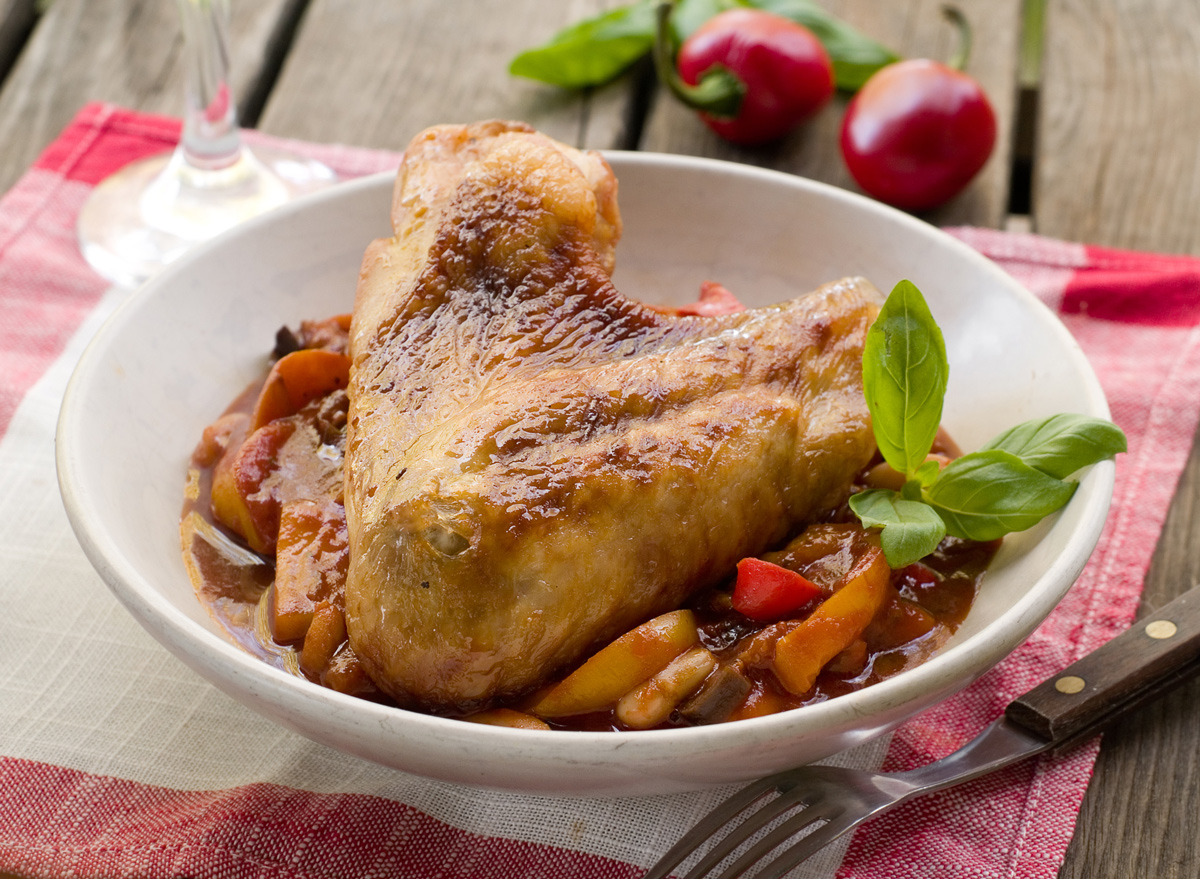
“Some chefs and home cooks start carving by detaching the wings, but I suggest leaving the wings on until after you’ve removed the leg quarters for added stability,” Frietze says. “The wings help hold the breast in place on the carving board while you’re handling the leg quarters.”
Go Against The Grain
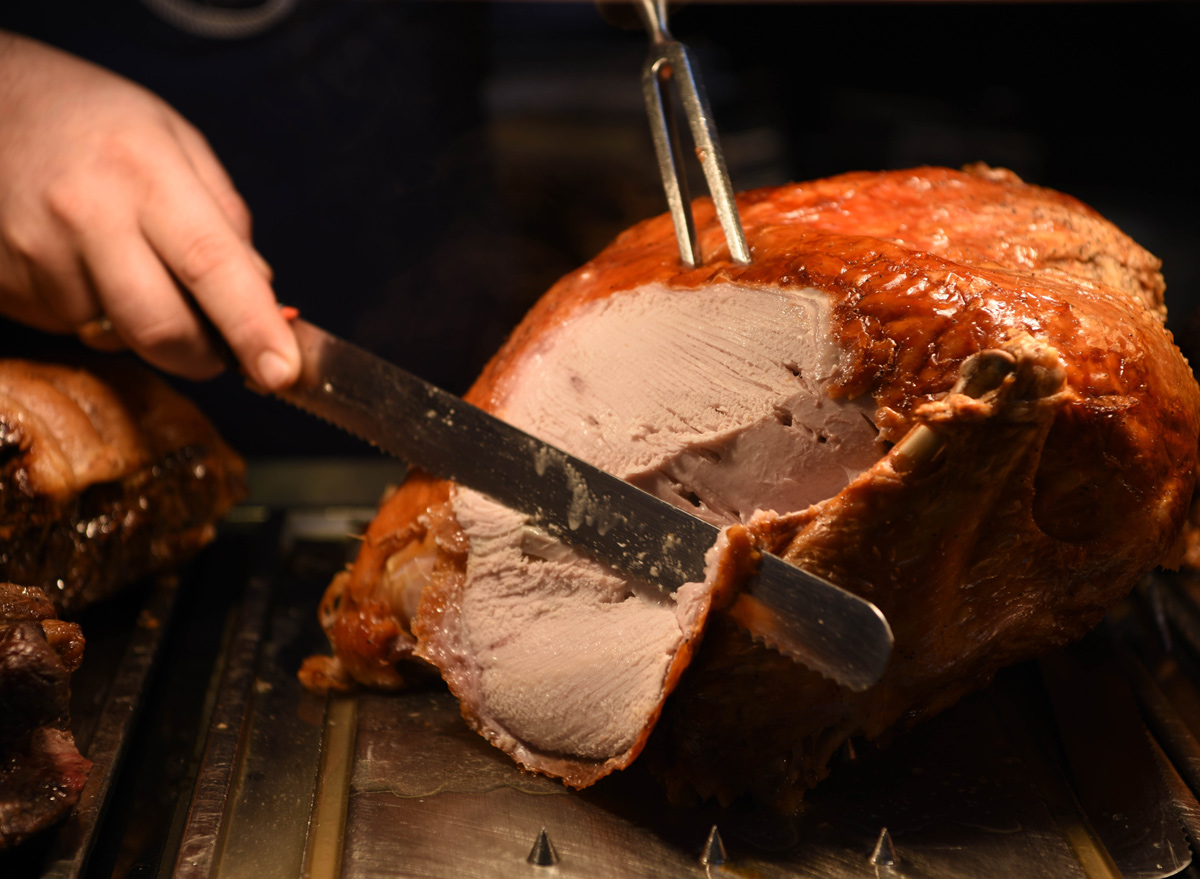
Now that the legs and wings are ready to fly onto the table, turn your attention to the breasts. Slice along one side of the breastbone, pulling the meat away from the bone as you cut. Continue working your way around the bird until the breast has been removed, then repeat with the other side.
To create tender, easy-to-eat portions, think perpendicular rather than parallel for white meat. “When you’re slicing the legs, it doesn’t really matter in which direction you cut. However, slice across the grain instead of parallel to for the breasts,” Frietze says.
Don’t Flip the Bird
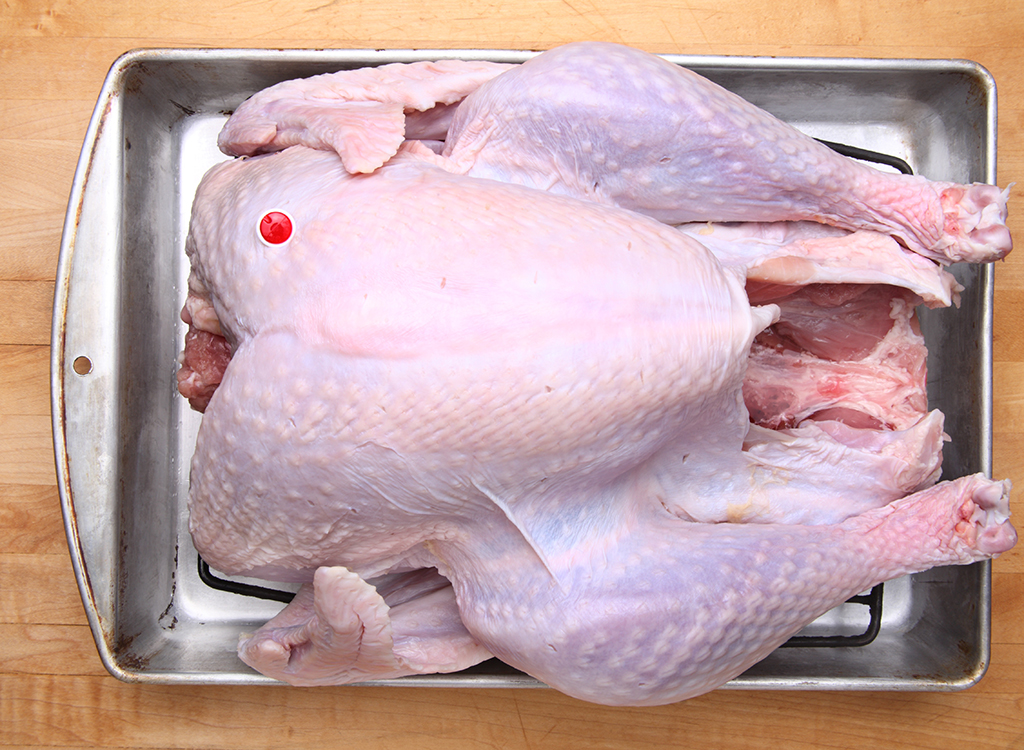
“A lot of people have learned to carve chickens and other smaller birds by turning them breast-side down during carving to detach the legs. But doing so can sog out beautifully crisp skin,” Bolling says. Keep your turkey breast-side up while it rests and while you slice to protect the crunchy quality of the skin.
Think Thick
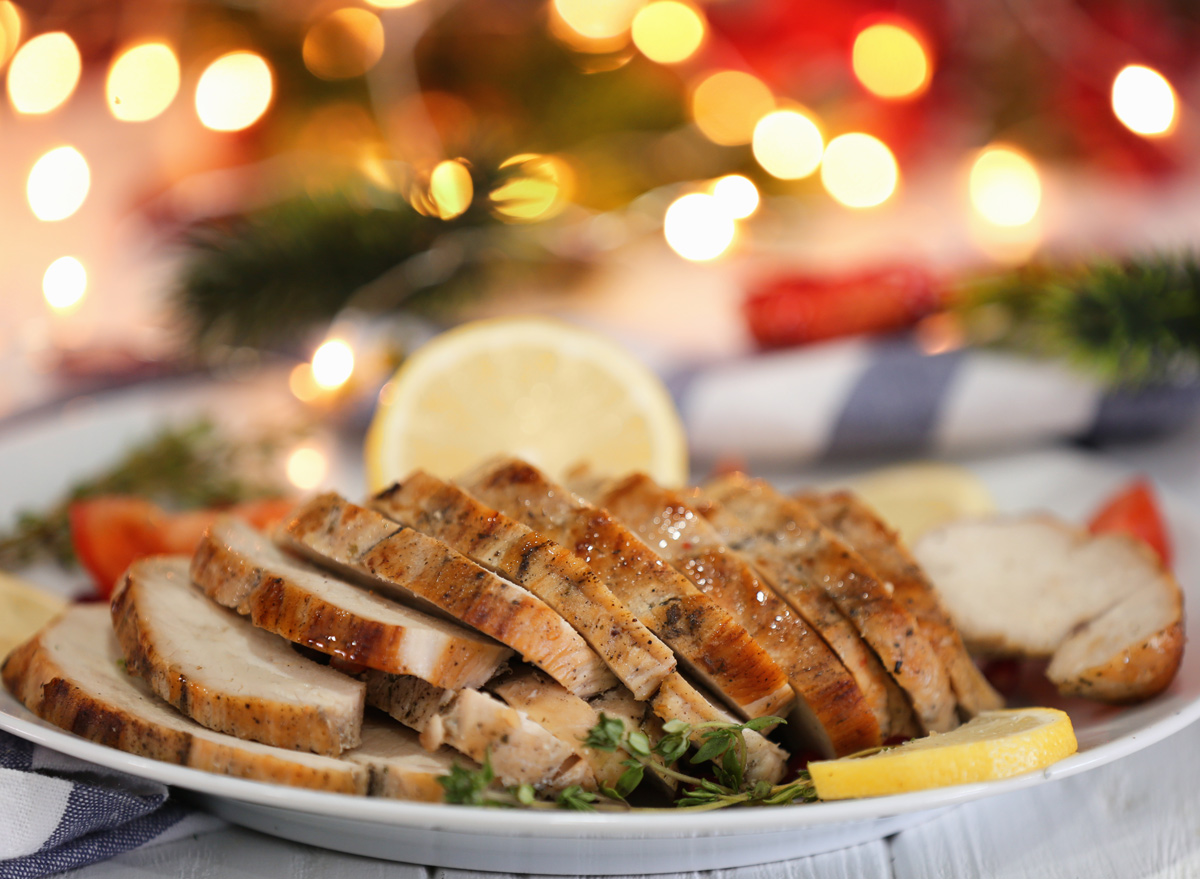
Because you can snack on deli-sliced turkey during the other 364 days of the year, Frietze suggests carving big, hefty pieces. Thicker pieces are holiday-worthy the day of and beautifully suited for leftovers. “Layer a big pile of turkey on a slice of Texas Toast, then add bacon, tomato, and cheese sauce for a homemade Kentucky Hot Brown. A roasted turkey wrap with Caesar dressing is also a tasty option,” Frietze says. The brilliant (and delicious) Thanksgiving leftover ideas are endless!
Don’t Toss The Bones

They hide so much flavor and protein (bone broth, anyone?). Save the turkey bones to start a stock or build another batch of gravy. If you need a break from the kitchen on Black Friday, freeze the bones for up to three months to stock up later.
Plate It Pretty
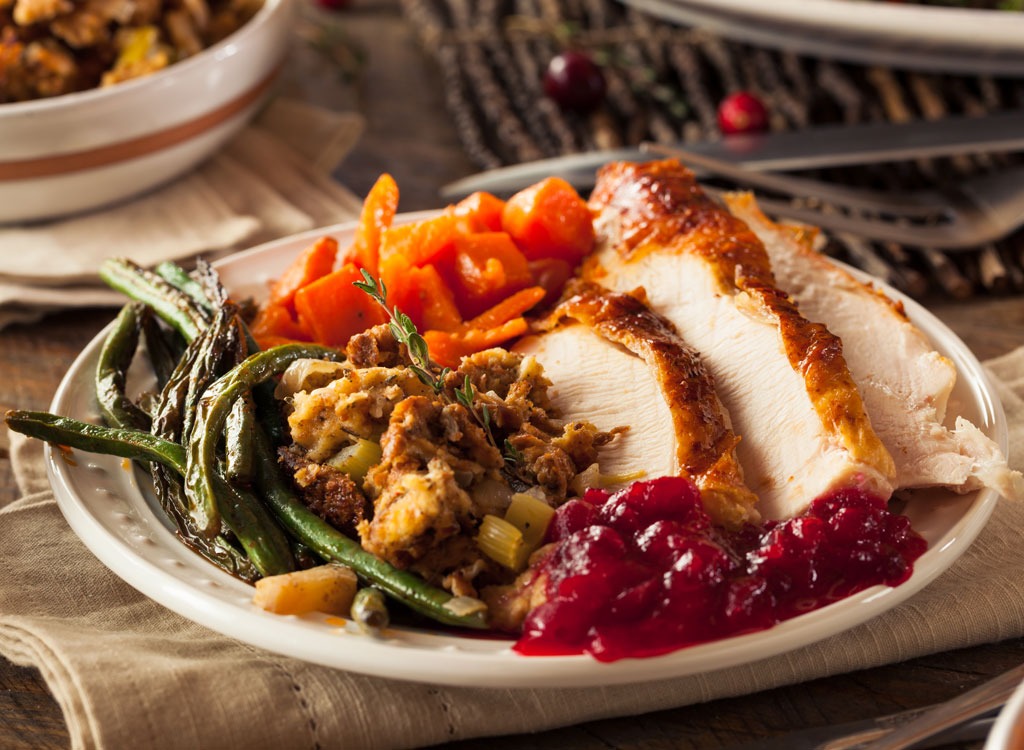
Pull out your most elegant china and layer the breast slices around the perimeter. Fill the center with artfully-arranged legs and wings, then fill in the gaps with orange halves, cranberries, and fresh rosemary. Because Thanksgiving is all about abundance, pile it high!
